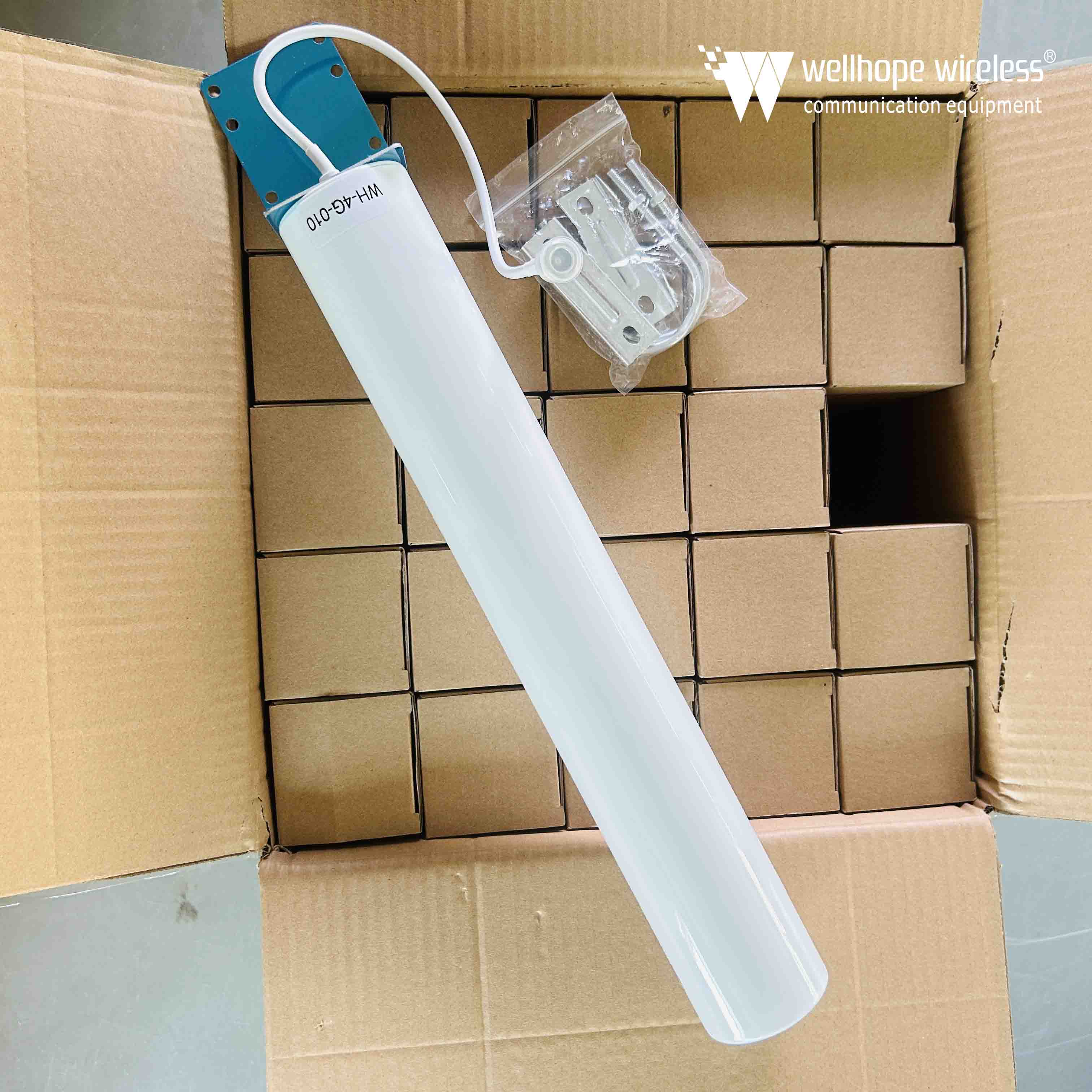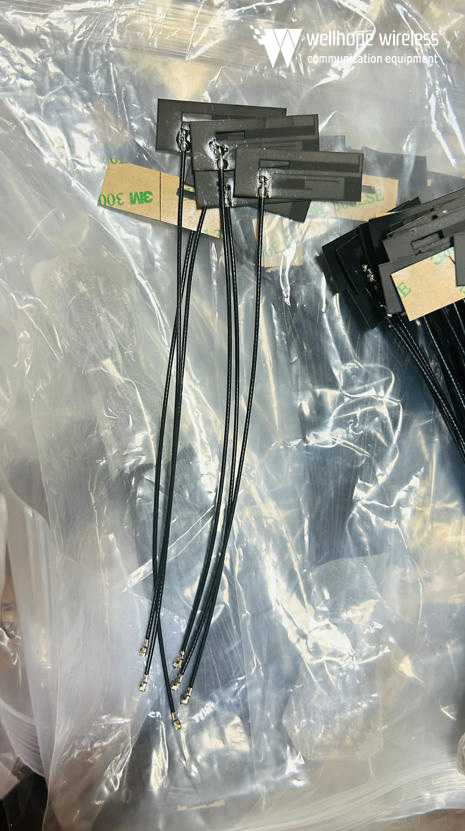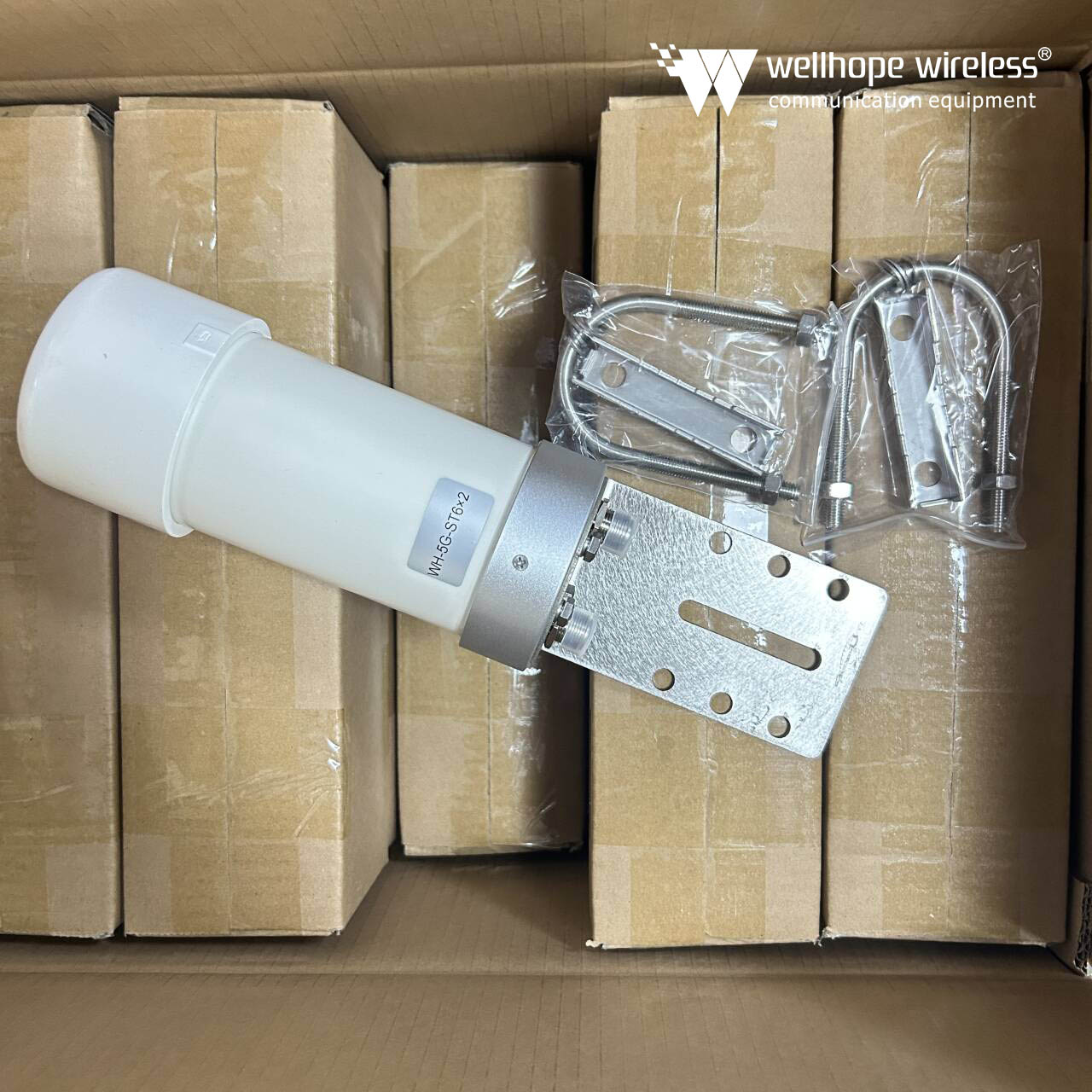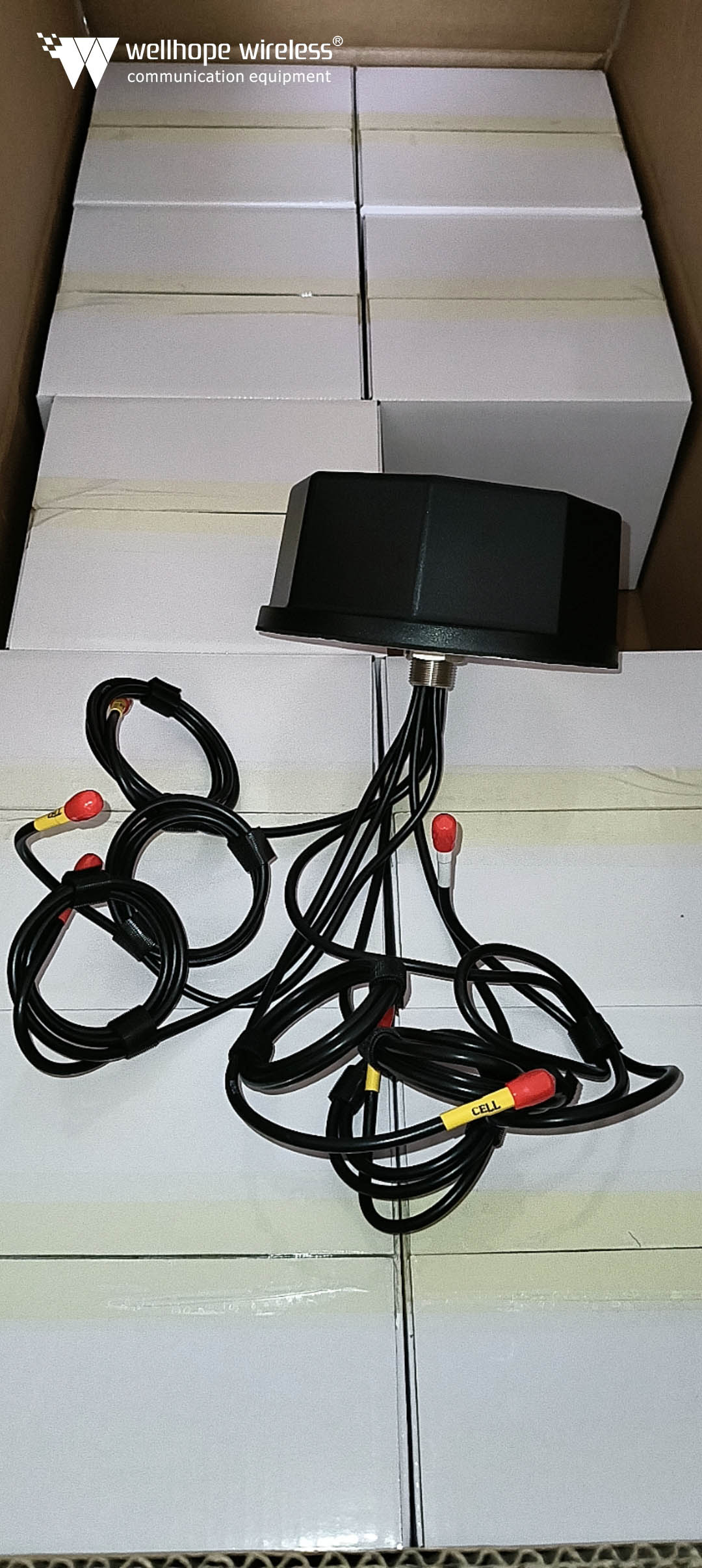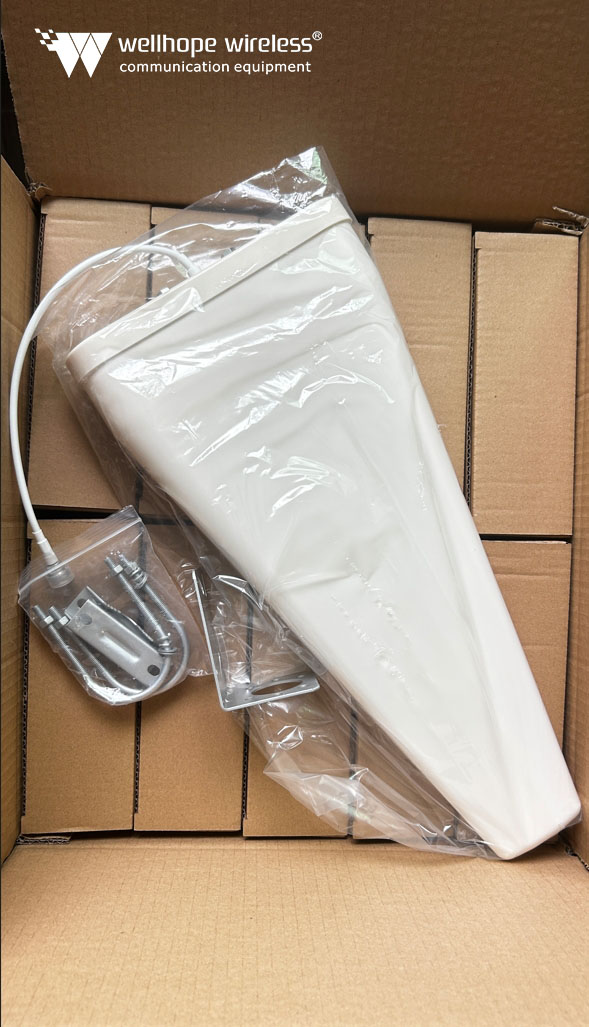How is the antenna length calculated?
Estimated 15minutes to finish reading
Meaning of half wavelength and quarter wavelength
Half wavelength and quarter wavelength are widely used in engineering for antenna system design.
Chalf Wavelength
Chalf wavelength refers to the half wavelength distance of electromagnetic wave in the propagation direction. Specifically, for a certain frequency electromagnetic wave, its wavelength is the distance between two peaks or valleys in the propagation direction. Half wavelength is often used in the design of antenna systems, such as tuners or the selection of antenna lengths.

Quarter Wavelength
Quarter wavelength is the quarter wavelength distance in the propagation direction of an electromagnetic wave. Similar to half wavelength, quarter wavelength is also used in the design of antenna systems. Specifically, setting the antenna length to a quarter wavelength in some antenna designs allows it to resonate at a specific frequency for better waveguide characteristics. In addition, quarter-wavelength is also used to design components such as reflectors, transmission lines, and impedance matchers.
We all know that the length of an ideal antenna is half a wavelength. The quarter-wavelength antenna we usually talk about actually needs to consider the “ground” in order to constitute a complete antenna, which is what we often call “unbalanced antenna”; the antenna itself is only a part of the antenna.
Wavelength λ = speed of light c/frequency f
5GHz wifi antenna length calculation
Wavelength λ = (3* 100,000,000)/ 5GHz
Wavelength λ = 0.06 meters
Generally use 1/4 wavelength ordinary wire, that is, the length of the wire used is about 1.5 centimeters
2.4GHz witi antenna length calculation
Wavelength λ= (3 * 100,000,000) / 2.4GHz
Wavelength λ = 0.125 meters
Generally use 1/4 wavelength common wire, i.e. use a wire length of about 3.125 cm
Why do antennas need half wavelength?
The antennas we commonly use are generally resonant antennas, that is to say, they are in the form of standing waves, and the half-wavelength is the smallest unit that can constitute a standing wave. The reason for this is shown below:
Can be seen, for the normal transmission of the signal, in the half-wavelength metal structure, the signal into the negative half-cycle, just to the end of the conductor, need to be reflected back to the reverse propagation; “negative half-cycle + reverse propagation” and become a positive signal, just can be superimposed, thus forming a standing wave. In this way, the signal can be gradually enhanced in this conductor structure, and the maximum amount of energy can be radiated per cycle.
Why does an antenna need resonance?
Oscillating charges on the antenna can radiate less energy per cycle (with reference to the ratio of the size of the radiated field to the near field), and only more charge pairs can participate in the radiation to ensure that the absolute value of the energy radiated per cycle is large enough.
In the antenna, the source can provide each cycle of energy is fixed, when the source can provide each cycle of energy, all the antenna radiation out (including the antenna's own loss), the resonance is maintained at a given amplitude is unchanged; the following figure:

The half-wavelength structure just
mentioned can be considered as a basic resonance structure; the above figure is
a resonance structure to establish the equilibrium process schematic. By
analyzing the half-wavelength we know that the source input signal will be
superimposed in the resonant structure. Because the source's capacity is fixed,
this superposition does not increase indefinitely. when the resonant structure
reaches equilibrium.
During the operation of the antenna, the
amplitude of the source itself is very small, while the amplitude of the oscillating
current on the antenna is very large, and the magnitude of the amplitude
depends on the Q value of the antenna. For narrowband antennas with high Q, the
amplitude of the oscillations in the antenna is amazing; this is why antennas
need resonance!


















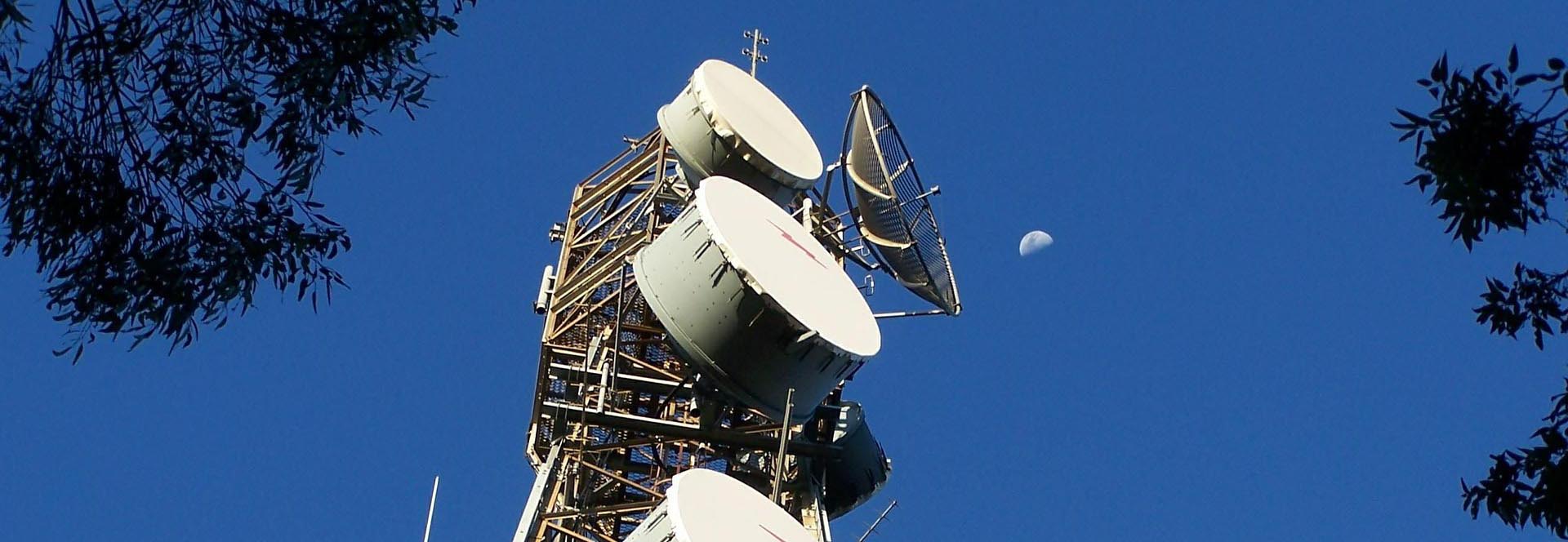 News
News
